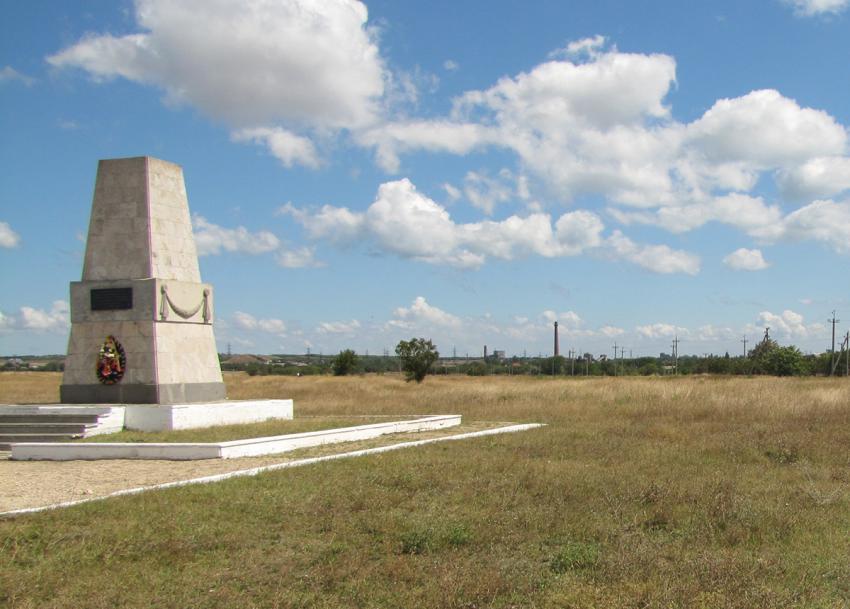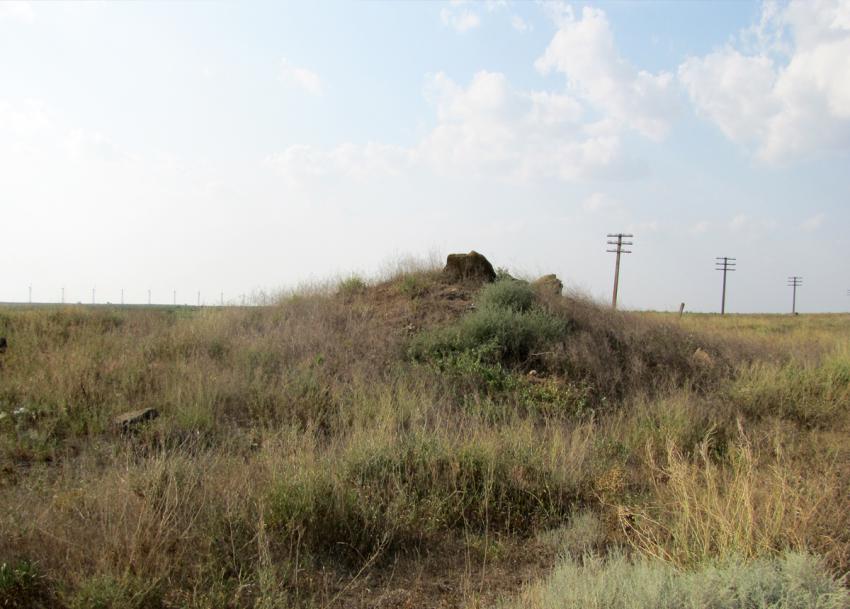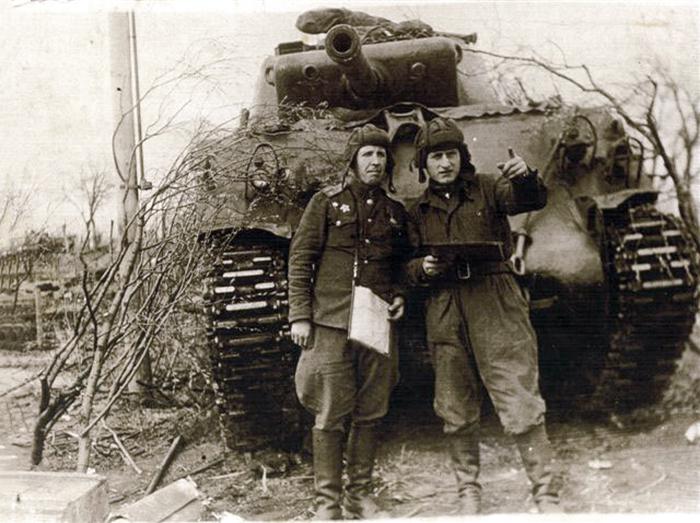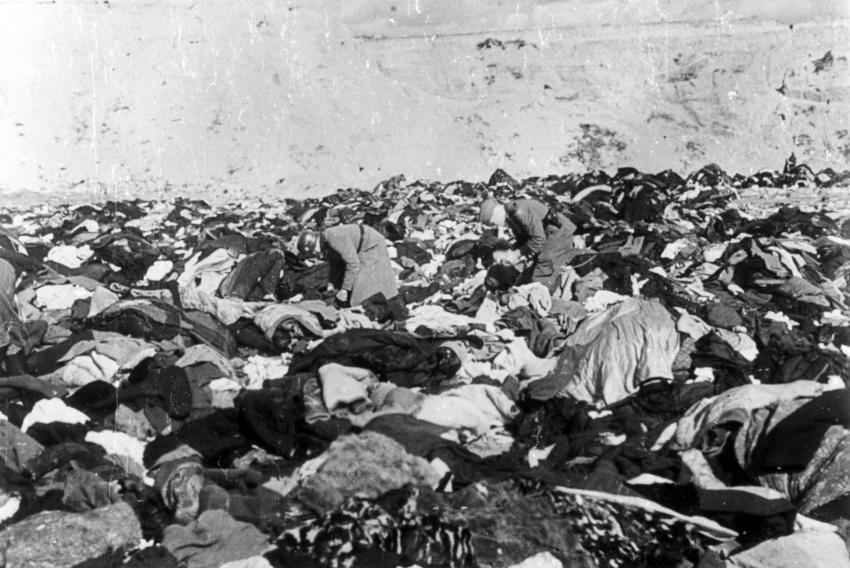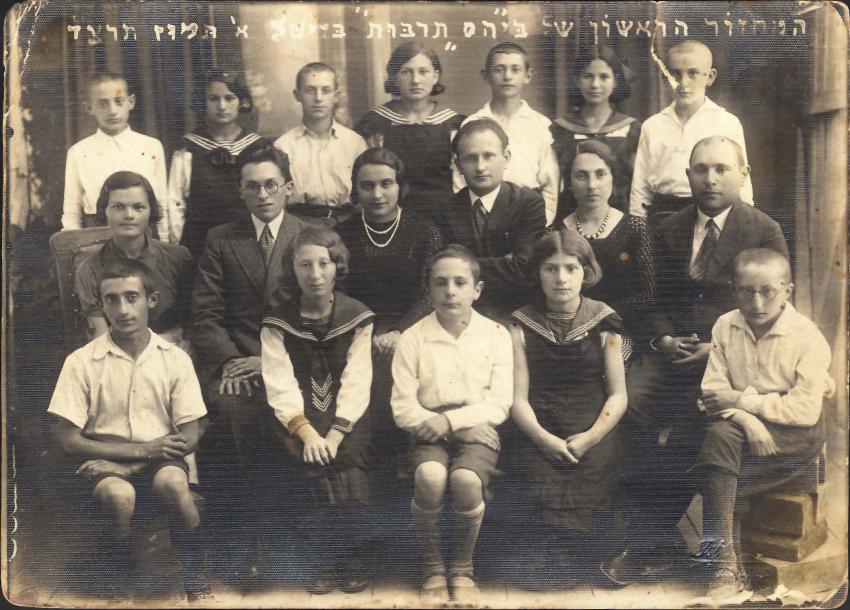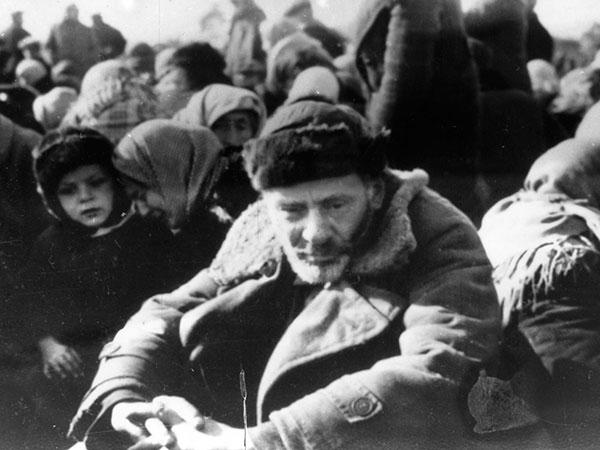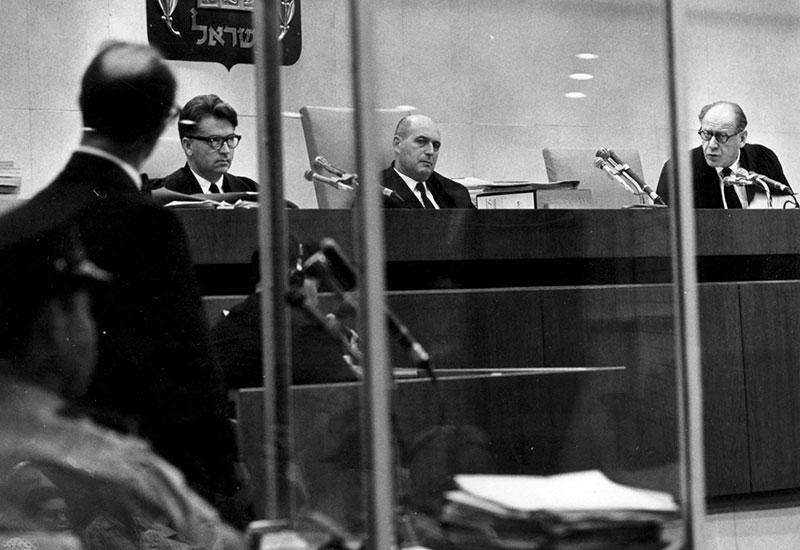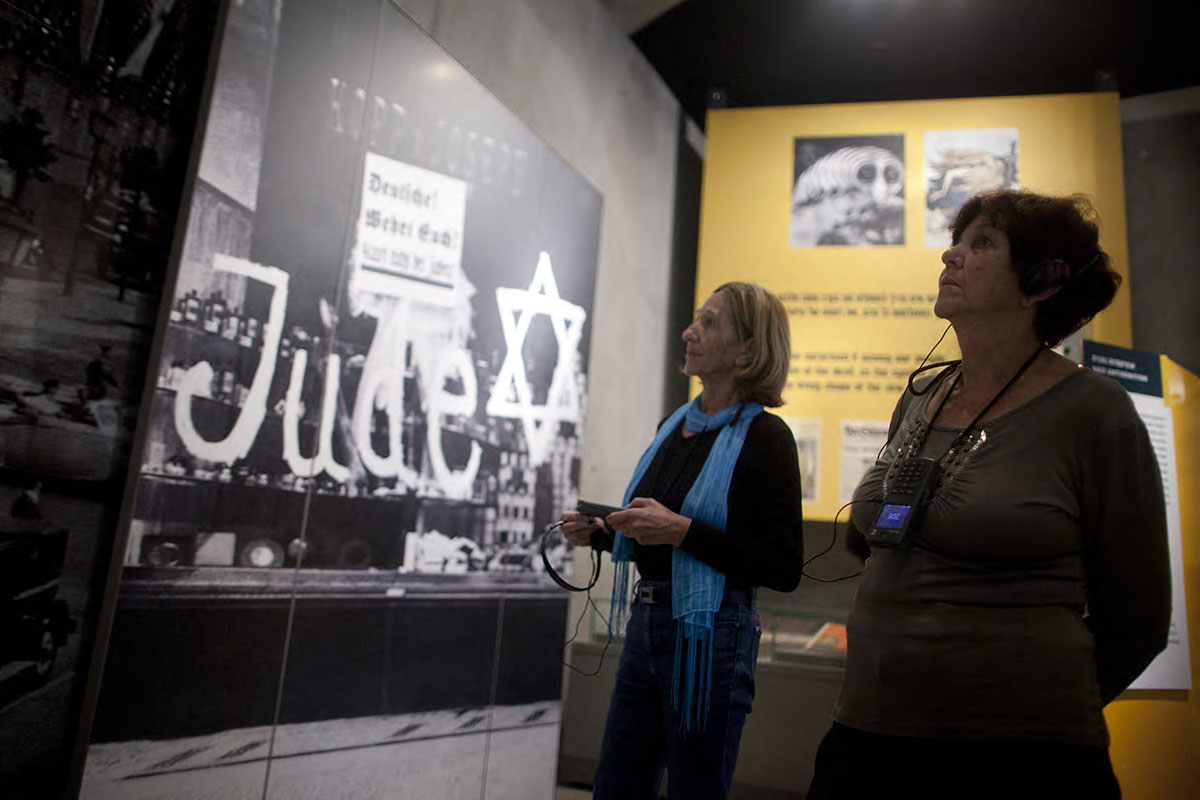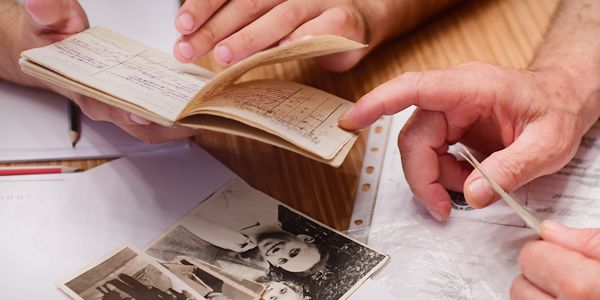Research on the Holocaust in the Soviet Union involves a broad spectrum of issues relating to the Nazi policy of the genocide against the Jews, as well as to the attitudes of the Soviet authorities and of the Soviet population regarding this policy. The chronological range of such research extends from the historical events themselves to contemporary forms of memory regarding the Holocaust and World War II.
This section includes academic articles as well as short historical essays on specific topics that have not yet received adequate scholarly attention. This material is intended both to enhance understanding of specific topics.
The Holocaust of the Krymchaks
The Holocaust of the Mountain Jews
Jews or Soviets? Identity Challenges Faced by Jewish Soldiers in the Red Army when they Encountered the Holocaust
How Soviet Jewish Soldiers Met the Challenges of War
The Subject of “Jews in Babi Yar” in the Soviet Union in the Years 1941–1945
Nowogródek – The Story of a Shtetl
The Distress of Jews in the Soviet Union in the Wake of the Molotov-Ribbentrop Pact
pact that their country concluded with Nazi Germany.




